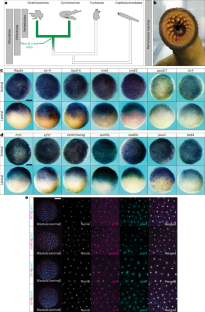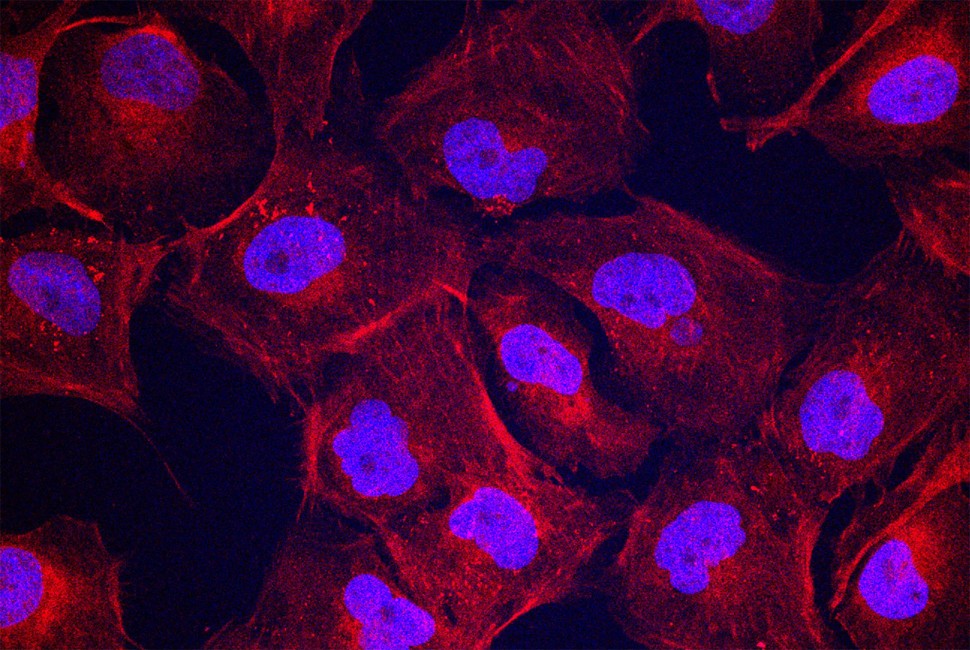2024-07-26 ノースウェスタン大学
<関連情報>
- https://news.northwestern.edu/stories/2024/july/lampreys-possess-a-jaw-dropping-evolutionary-origin/
- https://www.nature.com/articles/s41559-024-02476-8
脊椎動物の根底で進化した胚盤胞と神経堤幹細胞に共通する特徴 Shared features of blastula and neural crest stem cells evolved at the base of vertebrates
Joshua R. York,Anjali Rao,Paul B. Huber,Elizabeth N. Schock,Andrew Montequin,Sara Rigney &Carole LaBonne
Nature Ecology & Evolution Published:26 July 2024
DOI:https://doi.org/10.1038/s41559-024-02476-8

Abstract
The neural crest is a vertebrate-specific stem cell population that helped drive the origin and evolution of vertebrates. A distinguishing feature of these cells is their multi-germ layer potential, which has parallels to another stem cell population—pluripotent stem cells of the vertebrate blastula. Here, we investigate the evolutionary origins of neural crest potential by comparing neural crest and pluripotency gene regulatory networks of a jawed vertebrate, Xenopus, and a jawless vertebrate, lamprey. We reveal an ancient evolutionary origin of shared regulatory factors in these gene regulatory networks that dates to the last common ancestor of extant vertebrates. Focusing on the key pluripotency factor pou5, we show that a lamprey pou5 orthologue is expressed in animal pole cells but is absent from neural crest. Both lamprey and Xenopus pou5 promote neural crest formation, suggesting that pou5 activity was lost from the neural crest of jawless vertebrates or acquired along the jawed vertebrate stem. Finally, we provide evidence that pou5 acquired novel, neural crest-enhancing activity after evolving from an ancestral pou3-like clade. This work provides evidence that both the neural crest and blastula pluripotency networks arose at the base of the vertebrates and that this may be linked to functional evolution of pou5.


